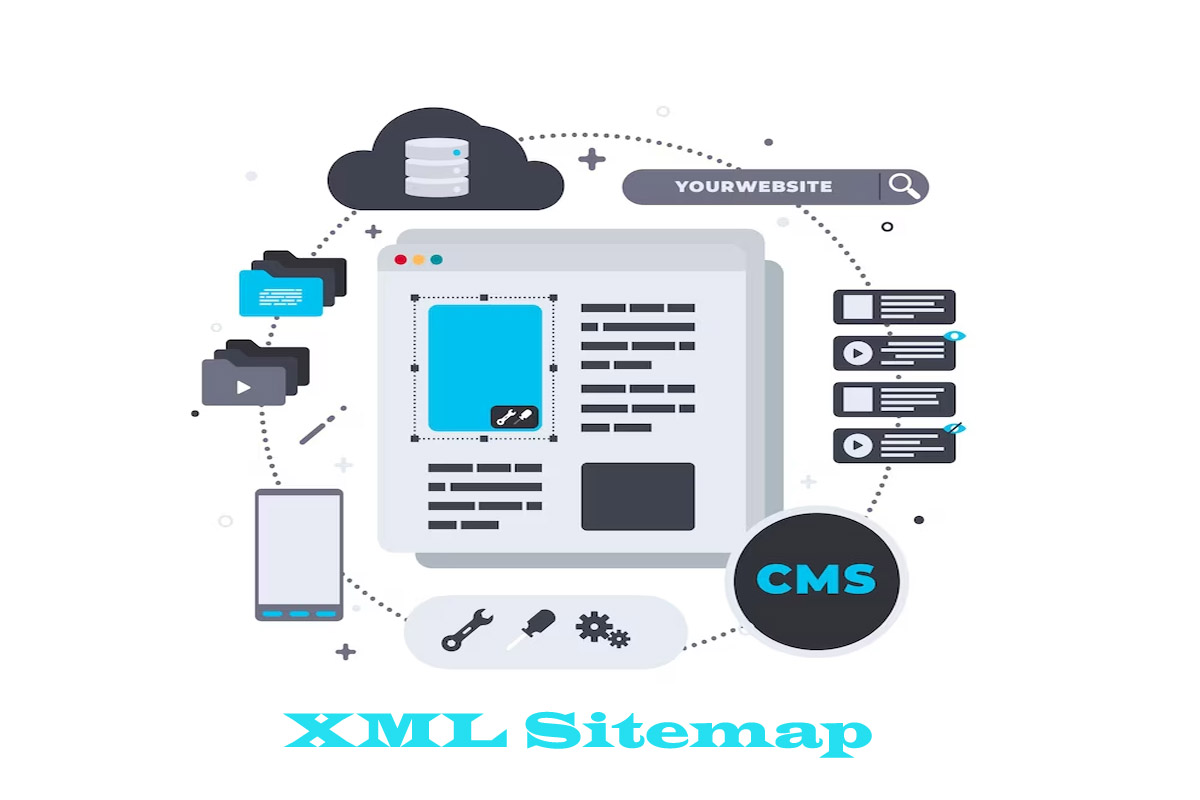The XML Sitemap
The XML sitemap priority is a value that indicates the relative importance of a particular URL within a website’s XML sitemap. It provides a hint to search engines about the priority of indexing and ranking that page compared to other pages on the site.
The priority value is expressed on a scale from 0.0 to 1.0, with 1.0 being the highest priority. However, it’s important to note that search engines may interpret this value differently, and its importance does not guarantee higher rankings. Search engines use the priority value as a general guideline and consider various other factors for determining a page’s relevance and importance.
Advantages of XML Sitemaps
XML sitemaps provide a structured way to inform search engines about the pages on your website, helping them discover and crawl your content more efficiently. This can lead to better indexation and visibility in search results.
XML sitemaps allow you to assign priority values and specify how often certain pages are updated. This can help search engines understand the importance and freshness of your content, potentially leading to more accurate rankings.
XML sitemaps enable you to include URLs that might be difficult for search engine bots to find through normal crawlings, such as dynamically generated pages, pages with limited internal links, or pages behind login forms.
By regularly submitting an XML sitemap, you can receive feedback from search engines about any errors encountered during crawling, such as broken links or pages blocked by robots.txt. This allows you to identify and fix issues promptly.
Disadvantages of XML Sitemap
While XML sitemaps can assist search engines in discovering and understanding your content, they do not guarantee higher rankings on their own. Search engines use a variety of factors to determine rankings, and XML sitemaps are just one part of the equation.
Search engines may interpret the priority and frequency values in XML sitemaps differently, as they have algorithms to determine the importance and update the frequency of pages. Therefore, the impact of these values on search engine behavior may vary.
XML sitemaps should be regularly updated to reflect your website’s structure and content changes. If updates are neglected, search engines may miss out on crawling new or updated pages, potentially impacting their visibility in search results.
If you assign high-priority values to numerous pages in your XML sitemap, search engines may not consider them as significant as you intend. Using priority values judiciously and prioritizing your most important and relevant content is important.
Overall, XML sitemaps provide several advantages in crawling and indexing, but they should be part of a comprehensive SEO strategy, considering other factors that impact search engine rankings…
How to Use XML Sitemap?
Use a sitemap generator tool or a content management system (CMS) plugin to automatically generate an XML sitemap for your website. Alternatively, you can create the XML file manually by adhering to the XML sitemap protocol.
Ensure that your XML sitemap includes all the important pages of your website that you want search engines to crawl and index. This typically includes your main content pages, blog posts, product pages, and other significant sections.
If you assign priority and frequency values, update frequency based on your pages’ relative importance. Assign higher priority values to critical pages and lower to less important ones. Set the update frequency (e.g., daily, weekly) for frequently changed pages.
Before submitting your XML sitemap to search engines, validate it using XML sitemap validators or tools provided by search engines. This ensures that the sitemap adheres to the required format and doesn’t contain errors.
Sign in to the respective search engine’s webmaster tools (e.g., Google Search Console, Bing Webmaster Tools) and submit your XML sitemap. Follow the instructions the search engine provides to add and verify your website.
Regularly monitor your XML sitemap and update it whenever there are changes to your website’s structure or content. Keep an eye on the feedback provided by search engines, such as error notifications or indexing status, and address any issues promptly.
Conclusion
Remember that XML sitemaps are just one part of SEO. Combine their usage with other optimization techniques like quality content creation, keyword research, and link building to improve your website’s overall visibility and rankings in search results.

